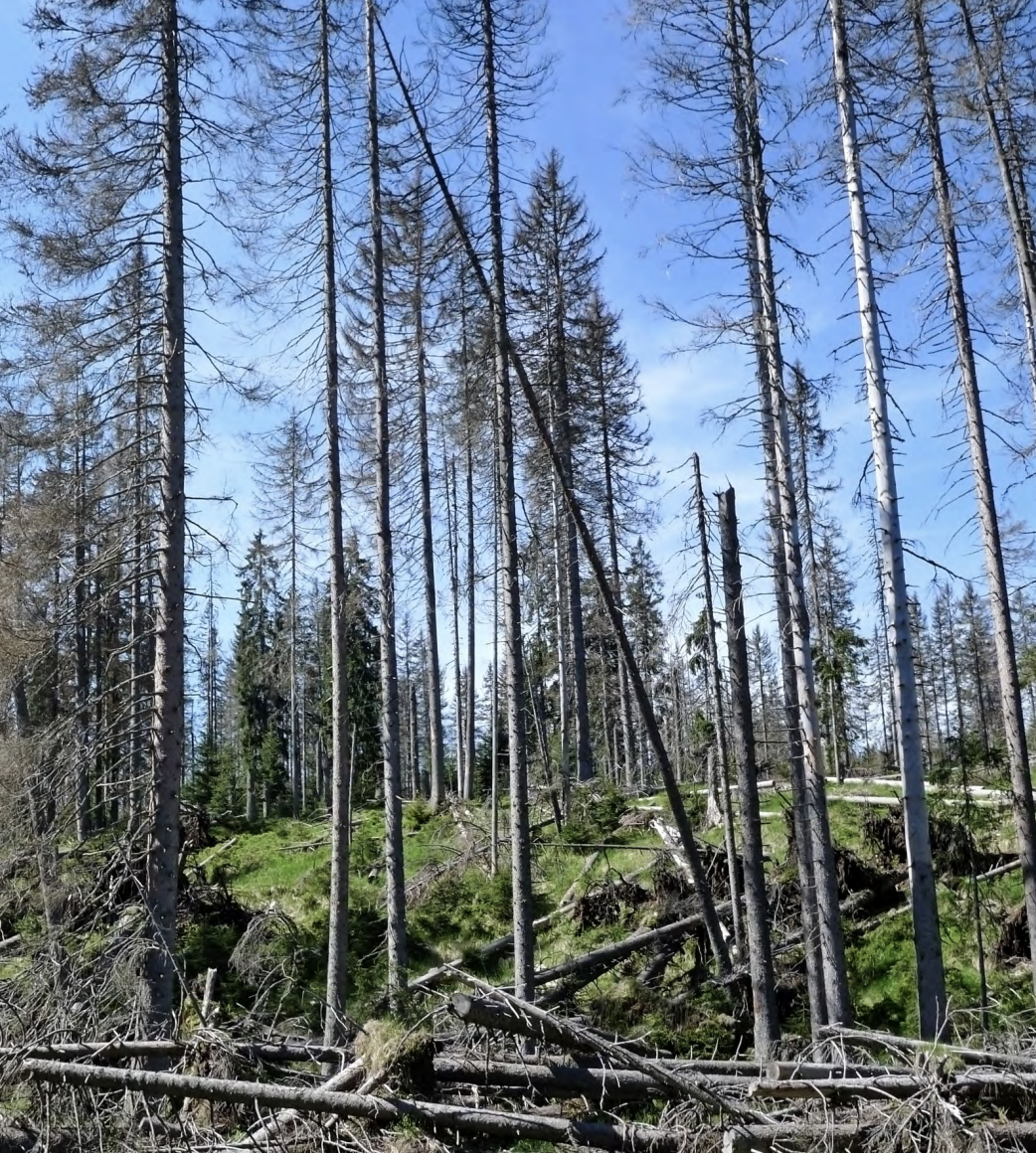After another record-breaking year, the Biden Administration announced new plans to prevent wildfires on Tuesday. The 10-year, multi-billion-dollar strategy sets to reduce the fire risk on up to 50 million acres that border vulnerable communities. While seemingly expensive, authorities are confident it will make forests more adaptive and resilient and cut down overall human and structure losses.

Forest thinning is a key part of the strategy to reduce excessive fuels in wildfire-prone areas.
The New Strategy
The US Agriculture Department stated the plan will reduce the threat of catastrophic fires in areas throughout the 11 Western states. The strategy includes thinning overgrown trees and using controlled burns to get rid of dead vegetation. As a result, the plan would quadruple the government’s land treatment efforts. The agency released the report at the start of the year after another unprecedented fire season in 2021. States included in the plan are Oregon, California, Arizona, Colorado, Idaho, Montana, Nevada, New Mexico, South Dakota, Utah, and Washington.
Over the past ten years, the number of fires each year in the West has remained generally consistent, however, their scale has not. For example, last year the Bootleg Fire in Oregon burned more than 400,000 acres becoming the largest in the state’s history. In Northern California, the Dixie Fire burned through nearly one million acres to become the second-largest in state history.
Why Is It Necessary?
The agency contributes the increase in larger, more dangerous fires to drought and record high temperatures, exacerbated by global warming. These conditions have made forests extremely dry and therefore easier to burn. In addition, researchers point to decades of previous forest management policies that called for the suppression of every fire. This type of strategy inhibits plans to prevent wildfires, as it causes the accumulation of dead and down fuels. The administration hopes thinning forests and prescribed burning will restore forest conditions closer to those that existed in the past. That is when fire was a regular part of the forest life cycle and naturally removed some trees and dead underbrush.
At this time, the government has only partially funded the plan. The Infrastructure Bill signed last November includes the budget for the new strategy. The full strategy can be found here.
Sources: Forbes, New York Times





One Comment